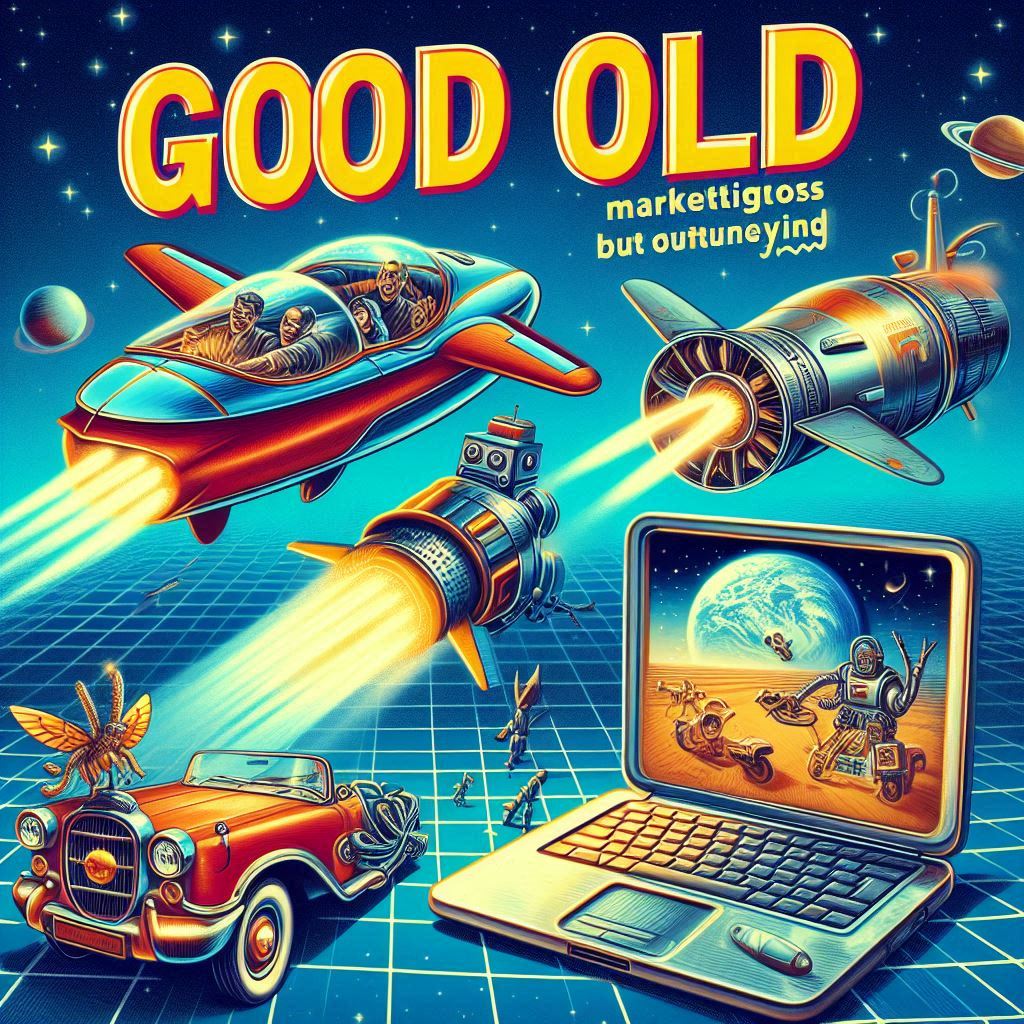Reflecting on my career, I recall the excitement and challenges of adapting changes. In the early days, our marketing team was relatively small and focused on executing large-scale campaigns. As digital technology emerged, we had to expand our skill sets and embrace new tools and platforms. This shift required us to become more collaborative, working closely with data analysts, digital strategists, and creative teams. The environment changed as well. The office, once filled with storyboards and print proofs, became a hub of digital screens and real-time dashboards. Our customers became more informed and empowered, demanding transparency and authenticity from brands. This shift pushed us to build genuine relationships with our audience, listening to their needs and responding with tailored solutions. But key marketing values stayed the same.
I can attest that while strategies and technologies have changed dramatically, certain key marketing values remain as relevant today as they were in the 1980s and 1990s. Let me share my perspective on how these enduring principles have adapted to the modern marketing landscape.
Customer-Centricity
In the 1980s and 1990s, we understood the importance of knowing our customers, but our methods were quite different. We relied heavily on face-to-face interactions, focus groups, and surveys to understand customer needs and preferences. Today, the principle of customer-centricity remains crucial, but the approach has evolved significantly.
Then: My great-grandfather’s bike shop in the 1890s succeeded by meeting customers face-to-face and understanding their needs personally. This direct interaction allowed him to be truly customer-centric, creating positive experiences for each individual who walked through his door.
Now: We’ve come full circle, but with new tools at our disposal. Modern marketing teams create detailed customer personas, leveraging data analytics and digital interactions to understand goals, pain points, and behaviors. While the methods have changed, the core value of putting the customer first remains constant.
The Power of Storytelling
Storytelling has always been a powerful marketing tool, but its application has evolved over time.
Then: In the 1990s, we saw a shift towards creating emotional connections with customers through storytelling. “Infotainment” ads that were both entertaining and informative became popular.
Now: Today, storytelling remains crucial but has expanded beyond traditional advertising. Content marketing, social media narratives, and brand storytelling across multiple channels allow for more immersive and interactive storytelling experiences.
Building Trust and Authenticity
Trust and authenticity have always been cornerstones of effective marketing, but how we establish them has changed.
Then: In the past, trust was built through consistent quality, word-of-mouth recommendations, and long-term brand presence in communities.
Now: While these elements are still important, modern consumers also value transparency, social responsibility, and authentic brand voices. Social media and online reviews have become crucial in shaping brand perception and trust.
Time to Market and Agility
The pace of marketing has accelerated dramatically, but the need for timely and relevant messaging remains constant.
Then: In the 1980s and 1990s, bringing a product to market or launching a campaign was a lengthy process, often taking months from conception to execution.
Now: Digital platforms allow for rapid campaign launches and real-time adjustments. However, the principle of being responsive to market needs and trends is more critical than ever.
The Human Touch in a Digital World
Despite the digital revolution, the importance of human connection in marketing persists.
Then: Face-to-face interactions, personalized service, and community engagement were key to building customer relationships.
Now: While much of our interaction has moved online, successful brands find ways to maintain a human touch through personalized digital experiences, community building on social platforms, and using technology to enhance rather than replace human interactions.
Measuring Success
The methods of measuring marketing success have evolved, but the importance of tracking results remains unchanged.
Then: We relied on sales figures, brand awareness studies, and customer feedback to gauge the success of our marketing efforts.
Now: Advanced analytics tools provide real-time insights into campaign performance, customer behavior, and ROI. However, the fundamental goal of understanding and improving marketing effectiveness remains the same.
More insights on measurement in our article Understanding KPI´s in Marketing
Conclusion for Key Marketing Values
In conclusion, while the marketing landscape has undergone a dramatic transformation since the 1980s and 1990s, the core values of customer-centricity, storytelling, trust, agility, human connection, and results-oriented strategies continue to drive successful marketing campaigns. As we navigate the digital age, it’s crucial to remember that these timeless principles, when adapted to modern contexts, can still form the foundation of effective marketing strategies.
A nice read is this Linkedin Article. If you are interested in Marketing history, check this nice video



